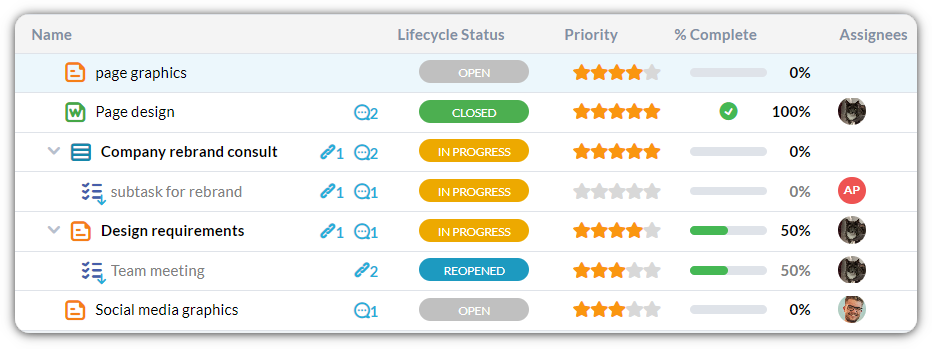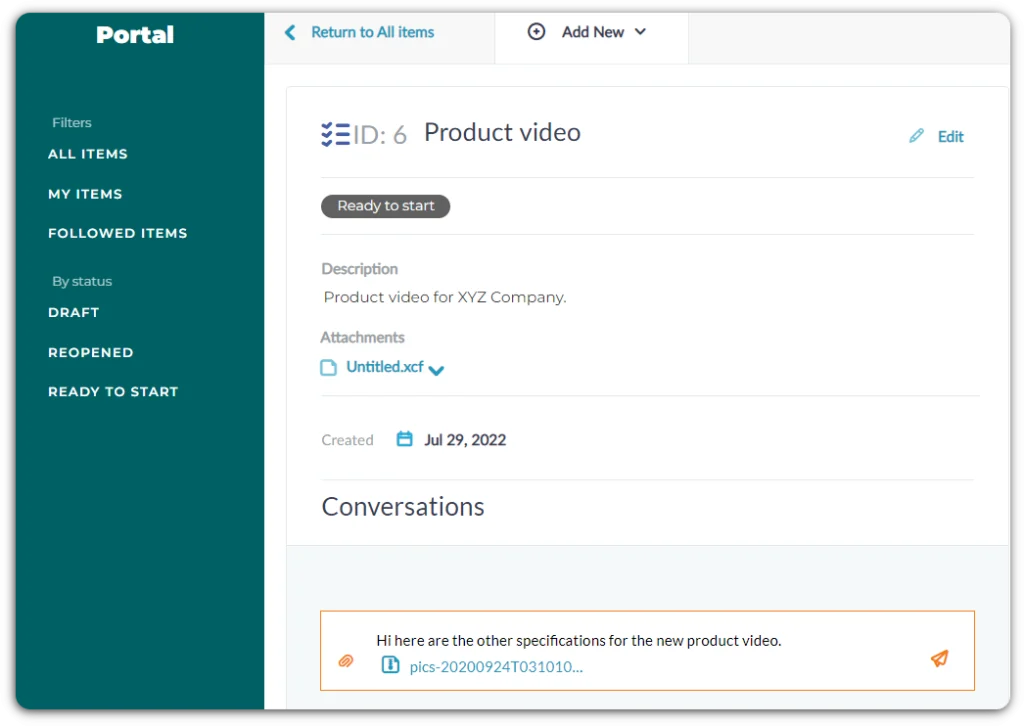In today’s fast-paced business world, finding the right tool to streamline your organization’s processes is crucial. Whether you’re a seasoned project manager or a curious entrepreneur, we’ve got you covered. In this blog, we’ll explore 12 must-have features to look for in a PSA software. From service request management, to invoicing, and capacity planning, we’ll guide you towards making informed decisions. Read on as we go over some top features that can revolutionize your work and boost your team’s productivity. Let’s dive in!
What is PSA software?
First of all, let’s address the question: What is a PSA software? A PSA software, or Professional Services Automation software, is a tool designed to streamline the processes involved in delivering professional services. PSA software offers a centralized platform that empowers businesses to manage their projects, resources, and financials. PSA software can fit the needs of a range of professional service types from consulting firms, IT services, marketing agencies, legal practices, architectural firms, engineering companies, and more.
What are the must-have features of a PSA software?
1. Track client interactions
The ability to track client interactions is essential for a PSA software, as it enables businesses to effectively manage and optimize client relationships. The software should provide a complete history of interactions including tickets submitted by the client, a history of conversations, and all client projects, invoices, and timelogs. A PSA software keeps all these communications in one location and makes easy to find and access up-to-date information and ensure seamless communication.
2. Automation for sales and support
As the name PSA suggests, automation is a key must-have feature in a PSA software. Broadly, the term automation can encompass many different features from one-click reporting or invoicing, to custom workflow rules. Automations reduce repetitive and time-consuming tasks from data entry to routine actions, allowing your team to focus on more important things.
3. Service ticket management
Tickets are the requests from your clients. Tickets could be for a new service, a support issue, or a new project inquiry. Using a ticket management system streamlines the process of creation and resolution. A ticket management system centralizes your requests and provides tools to aid in better organization. Service tickets provide the ability to create, track, and prioritize based on urgency and importance, ensuring timely resolution and client satisfaction. The collaborative nature of a ticket system enables effective communication among team members, and provides the ability to assign tickets to the most suitable resources, seamlessly share information, and provide top notch support.

4. Time tracking
Most professional services rely on performing services for a variety of clients and charge based on billable hours. For this reason, time tracking plays a critical role in optimizing productivity, improving project management, and facilitating accurate billing. It also provides valuable data for estimating future projects and improving project planning. Moreover, time tracking enables precise and efficient billing, ensuring that clients are charged accurately for the services rendered. In PSA tools such as OneDesk, time tracking features work in sync with invoicing features.
5. Project planning
Look for a PSA that allows you to create detailed project plans, including:
- Breaking down projects into smaller tasks and subtasks.
- Estimating the difficulty and time to complete each task.
- Delegating tasks to the right person and evaluating teams capacity.
- Monitoring progress and shifting resources in real-time.
6. Billing and invoicing
The billing process can be time consuming in and of itself. The process can involve: gathering the billable time, calculating the invoice, sending the invoice, receiving the payment, and working with your accounting software. A PSA software can cut down on the time involved in this process and reduce the potential for error. Look for a PSA tool with integrated time tracking and invoicing. This feature allows you to create invoices from billable time. The PSA will calculate and generate the invoice in seconds based on the rates of your choosing. You can then send the invoice to your clients directly from the PSA software.
7. Budget management
Using spreadsheets and multiple fractured tools, involves inputting and re-inputting numbers, increasing the potential for error. Budget management features allow professionals to set financial targets, estimate costs, and allocate resources accordingly. Moreover, there is easy comparison of actual expenses against planned budgets, facilitating proactive decision-making. Your PSA software should help you deliver projects on time and within budget, ultimately leading to improved profitability and client satisfaction.
8. Reports and analytics
Look for the ability to create reports for clients, stakeholders, and managers. Reports can be for the current status of tasks or projects, logs of employee time, a weekly report of unresolved issues, and much more. A must-have feature for your PSA software is the ability to not only create custom reports, but automate these reports. For instance, in OneDesk, you can set up your reports and schedule them to be sent by email to clients, managers, or colleagues. You can determine exactly when the report is sent. For example, schedule a weekly report on time logs, making it easy to keep track of employee work.
9. Client portal
A client portal is the client side of your PSA software. The client portal can include a way for clients to submit new service requests and monitor the progress of existing projects. You might also look for a PSA software that provides other tools for clients like live chat capabilities or a help center application.

10. Resource management
Resource management features can encompass capacity planning, budget management, and time management. Typically, you should look for features that allow you to utilize your team’s time as optimally as possible. A workload view for example, is tool that allows you to see each team member’s availability within a given period. So, when you assign a task you can decide who to assign it to as well as when to schedule it.
11. Accounting integration
A must-have feature is integrated invoicing with an external accounting software such as QuickBooks Online. An integration allows your PSA software and your accounting software to link together and send information from one to the other with little effort on your part. This feature reduces the need for manual data entry. For example, the OneDesk and QuickBooks Online integration allows you to copy over invoices or send invoices directly from the accounting software, without leaving your PSA. Your accounting team will thank you!
12. Mobile access
In today’s world of smartphones and remote work, the ability to access service requests and project tasks on the go is a must-have for PSA software. Some of the features to look for in the mobile version of your PSA are:
- Mobile time tracking.
- Ticket or task creation.
- Communication with teammates or clients.
- Log the progress or status of tickets or tasks.